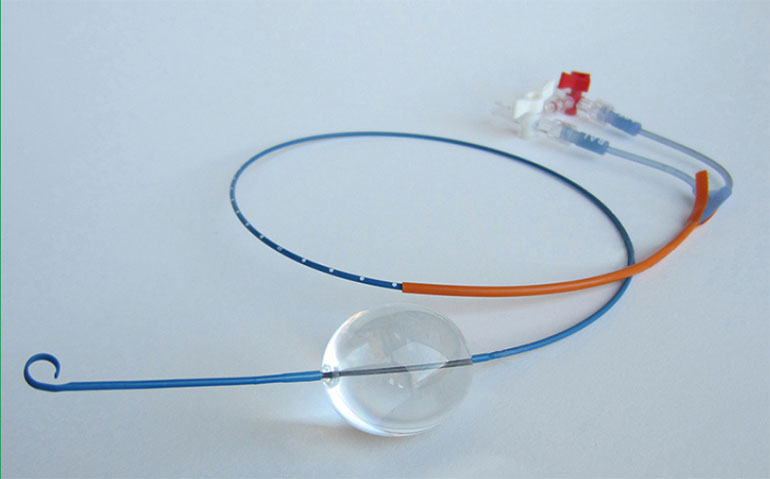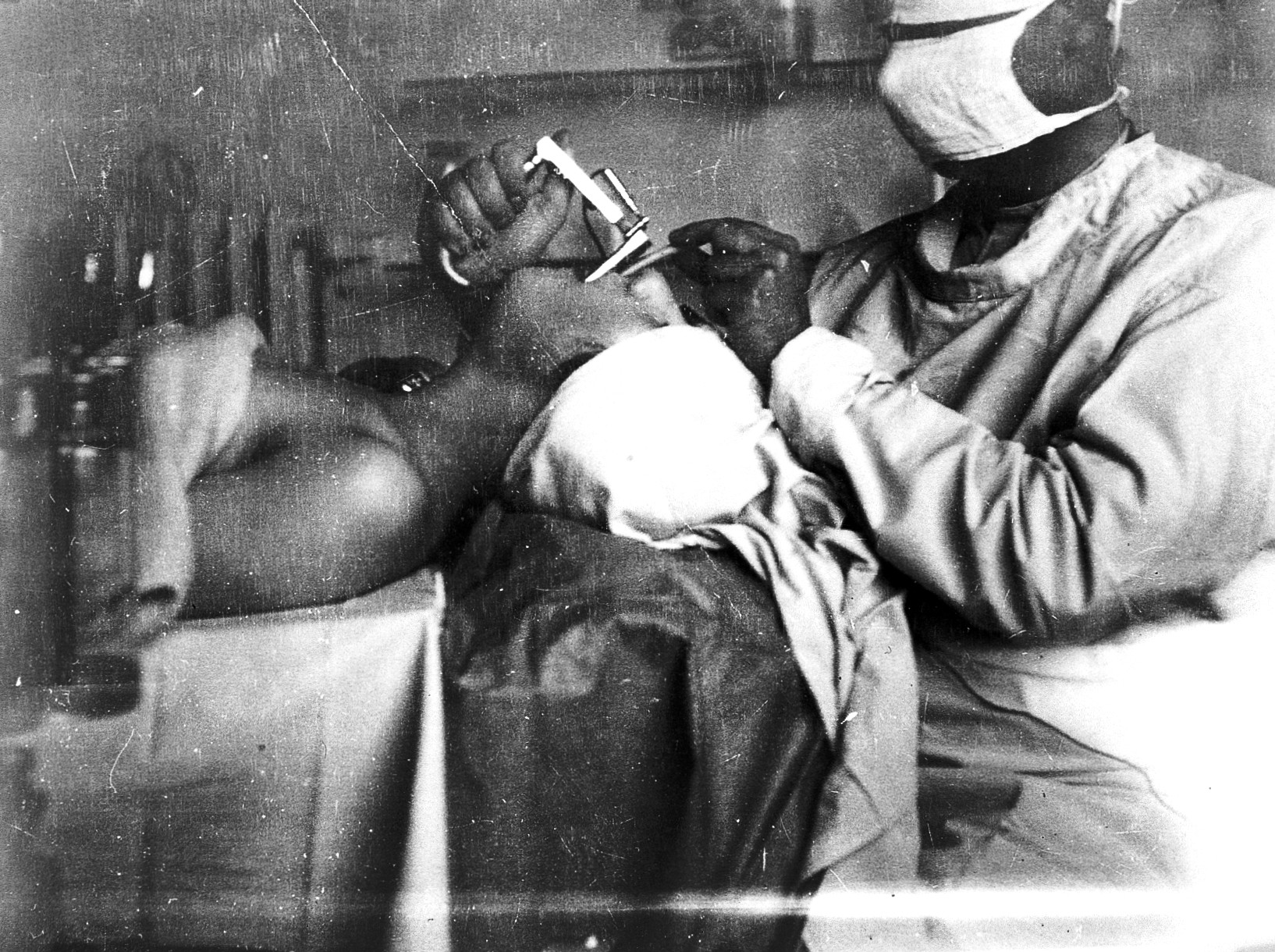Introduction: Welcome to another enlightening episode of EMS Cast, your source for high-level education designed specifically for frontline providers. Today, we’re thrilled to be coming to you live from the Rocky Mountain Trauma and Emergency Medicine Conference, where we have the distinct privilege of interviewing Dr. Stacey Trent. Dr. Trent is not only an Associate Professor of Emergency Medicine at the Denver Health Emergency Department but also serves as the Associate Director of Research in the Emergency Department. In this episode, we’ll be delving into her captivating lecture on airway management in the emergency setting.
The SOAP ME Mnemonic: Dr. Trent’s lecture kicked off with a brilliant mnemonic, SOAP ME, serving as a comprehensive checklist for prehospital intubations. SOAP ME stands for Suction, Oxygen, Airway Assessment, Pharmacy, Plan, Monitor, and Equipment. It’s a systematic approach to ensure providers are adequately prepared and equipped for every intubation.
- Suction
- Oxygen
- Airway Assessment
- Pharmacy
- Plan
- Monitor
- Equipment
The Critical Role of Preoxygenation: While the SOAP ME mnemonic covers several crucial aspects, Dr. Trent emphasized the significance of preoxygenation, a topic sometimes overlooked in the chaos of emergency situations. She highlighted that preoxygenation involves giving patients as close to 100% FiO2 (Fraction of Inspired Oxygen) as possible for at least three minutes. This essential step is key to extending the safe apnea time and maintaining oxygen saturation levels.
Positioning for Success: Dr. Trent stressed the importance of positioning the patient optimally. Whether they can be fully upright, placed in reverse Trendelenburg, or have their head elevated to 20 degrees, these adjustments can significantly impact intubation success. Proper positioning can enhance lung mechanics and reduce complications.
The Upper Lip Bite Test: For patients who are awake and cooperative but may still pose challenges for intubation, Dr. Trent introduced the Upper Lip Bite Test. This simple assessment involves evaluating whether the patient can cover their upper lip with their lower teeth. If they cannot, it can be predictive of a difficult airway.
Addressing the Cardiovascular Challenge: Dr. Trent discussed the use of fluid boluses and push-dose pressors to prevent cardiovascular collapse during intubation has not been proven in the literature. While a fluid bolus has been studied and has not had the desired effect of preventing peri-intubation hypotension, the question for push-dose pressors remains unanswered and may still be helpful to maintain blood pressure during this high risk procedure.
Choosing the Right Tools: The conversation also touched on the choice between video laryngoscopy and direct laryngoscopy. Dr. Trent highlighted the advantages of video laryngoscopy, particularly for providers with lower intubation volumes. However, she encouraged training in both methods to ensure preparedness for challenging cases.
Conclusion: In this captivating podcast episode, we had the privilege of hearing from Dr. Stacey Trent, a leading expert in emergency medicine. Her insights into prehospital intubation, the SOAP ME mnemonic, preoxygenation, positioning, and cardiovascular support provide valuable guidance for healthcare providers in the field. Dr. Trent’s emphasis on continuous learning and preparation underscores the importance of staying up-to-date with the latest advancements in airway management.
For more educational content and resources on prehospital intubation and other critical topics, stay tuned to EMS Cast and explore reputable sources like JournalFeed, which offers valuable summaries of high-impact articles in the field of emergency medicine and critical care.
Remember, mastery of prehospital intubation requires ongoing education, practice, and a commitment to providing the best possible care to patients in need.
Plus check out this new trail on DL vs VL for intubation that Dr. Trent co-authored and eluded to at the end of this episode- https://www.nejm.org/doi/pdf/10.1056/NEJMoa2301601





